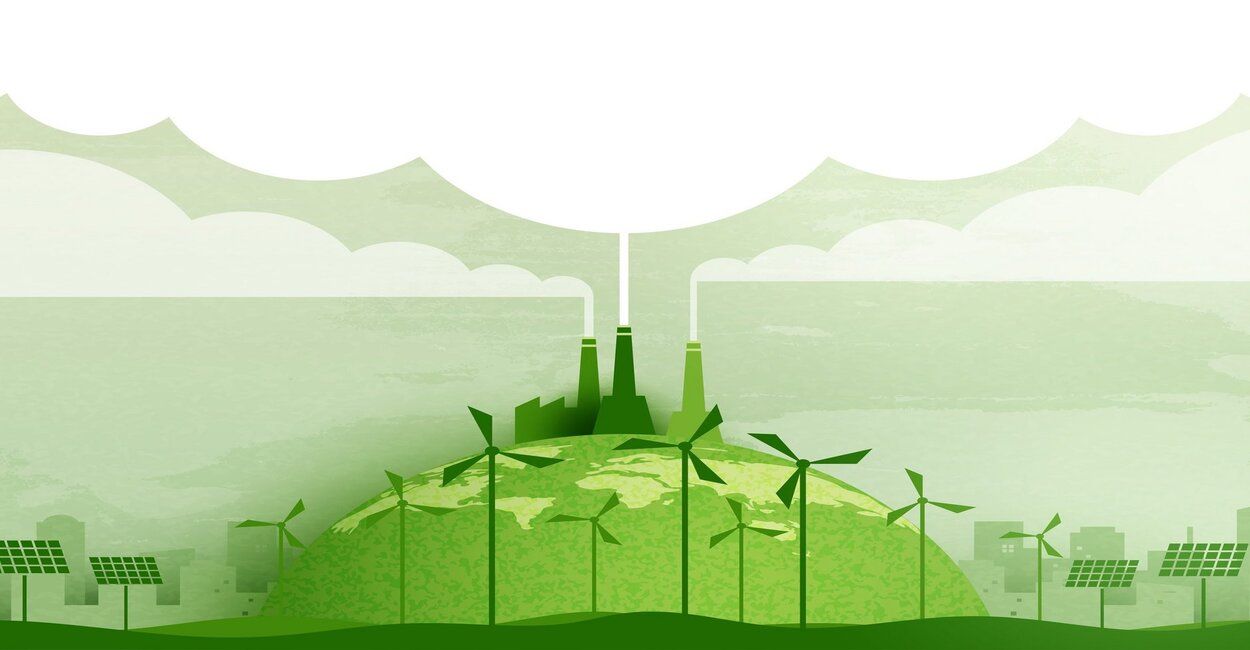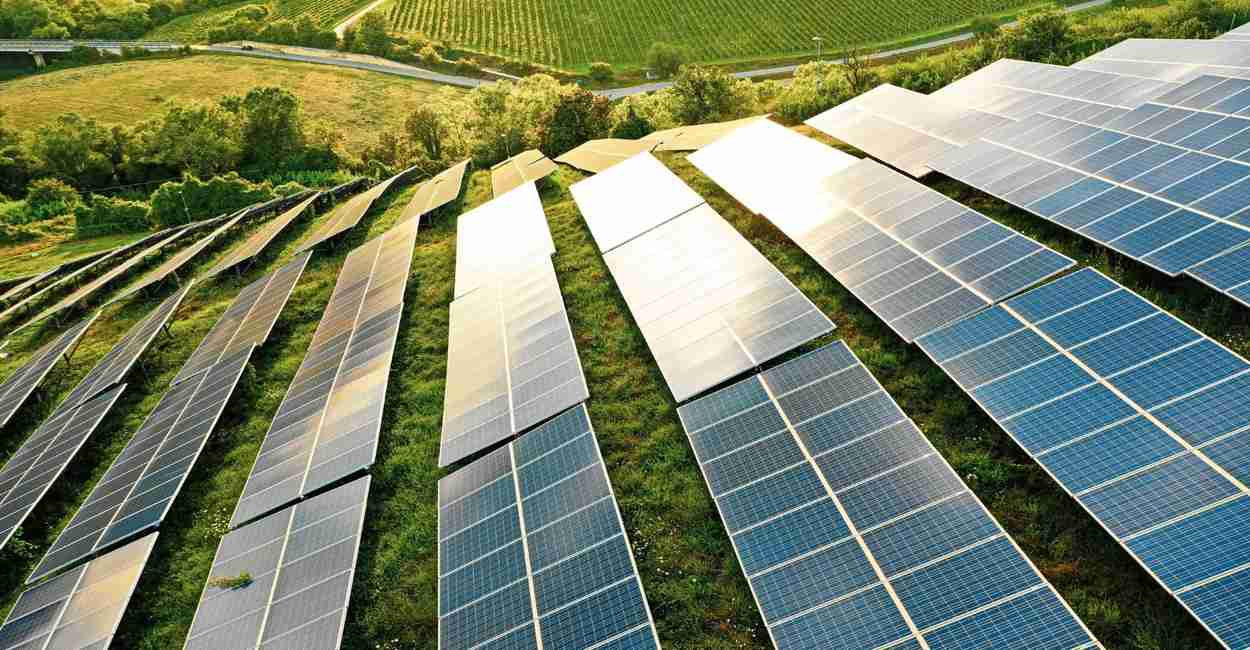Renewable Energy Investment 2022

As per the latest records of the International Energy Agency (IEA), the total energy bill paid by the world's customers will be around $10 trillion for the first time in 2022.
Due to the effect of the war in Ukraine, energy prices have soared in many countries like the EU, the US, and the UK. This has reduced the dependence on Russian oil and gas.
Despite the pain of the increasing price, the good news is that the supply shortages are leading to renewed investment in renewable energy sources.
IEA Energy Investment 2022
According to the World Energy Investment of 2022 report by the International Energy Agency (IEA), global energy investment is set to increase by 8% in 2022 to reach USD 2.4 trillion. Although, the growth investment is still far enough to tackle the multiple dimensions of today's energy crisis and pave the way toward a cleaner and more secure energy future.
The power sector is the fastest-growing energy investment, mainly in renewables and grids. The rise in clean energy spending is spread unevenly; however, most is in advanced economies like China. In some markets, energy security concerns and high prices are prompting increased investment in fossil fuel supplies like coal.
There has been a massive growth in clean energy investment by 2% in the five years after the Paris Agreement was signed in 2015. But since 2020, the pace of change has boosted significantly to 12%. Spending has been underpinned by financial support from governments and aided by the rise of sustainable finance, especially in advanced economies. Renewables, grids, and storage account for over 80% of total power sector investment. Spending on solar PV, batteries, and electric vehicles is growing faster and reaching global net zero emissions by the end of 2050.
Almost half of the overall increase in expenditure is a reflection of higher costs spent on labor, services, cement, steel, and critical minerals. Energy companies face challenges that belong to picking up their spending more quickly.
Clean energy technologies require a host of critical minerals, and the World Energy Investment report includes a detailed review of investment trends for essential minerals for the first time. To curb the pressure imposed on the prices and create resilient clean energy supply chains, there is a requirement for higher and more diversified investment. Worldwide exploration spending was increased by 30% in 2021, with this increment in the United States, Canada, and Latin America offering the prospect of a more diversified supply in the future.
Global Trends In Renewable Energy Investment 2022
It is observed in 2022 that the Energy investment has been raised by 8%.
World energy investment is raised by over 8% in 2022 and is also expected to reach a total of US$2.4trn. This increment in investment has been witnessed in all kinds of energy sectors, but the main boost existed in the power sector. The caveat is almost half the increase in capital spending is linked to higher costs.
Expenditure Ramp up of Global clean energy
Clean energy investment is increasing daily and reaching the height of $1.4trn in 2022. This accounts for almost three-quarters of the growth in overall energy investment.
Regional variations of new energy divide
The global clean energy investment is now well above compared to when it was at the time of the signing of the Paris Agreement. This sort of increment has been concentrated in advanced economies and China.
Keen on making investments in immediate projects
This is the circumstance when the prices of the commodity are high, and supplies are lacking; the primary focus of investment is on projects that can be delivered on new volumes.
Rising prices of critical minerals impact clean energy technologies
Reversing the significant factors in essential minerals prices, at least temporarily, the trajectory of declining costs for some clean energy technologies.

Energy Transition Investment Trends 2022
Sustainable finance is concentrated in advanced economies.
Financial conditions for clean energy businesses have been volatile, but still, various energy-related companies came into existence in 2022 with relatively strong balance sheets. The measurements of liquidity, profitability and equity market valuations all improved compared with the report of 2019.
The rise in Clean energy investment
Investment in projects that have a criterion to bring clean and affordable energy into the system is increasing rapidly. The process needs to be quicker to forge a path out of today's crisis or to get emissions down to net zero by mid-century. It is a part of a formidable challenge that the world needs to overcome if it is to have any chance of limiting global warming to 1.5°C.
Renewables in the power driving seat
Renewables stay at the number one power sector category for investing in 2022. Per the records of 2021, more than $ 40 billion was spent on the project.
Around 30GW of new coal-fired plants approved in 2021
Although China took a step to stop building coal-fired plants abroad, there is still significant new capacity that comes onto the domestic market, with more than 20 GW projects approved for development in both 2020 and 2021. More than 15GW plants have been approved in the current year.
2022 'a take-off year' for battery energy storage investment
Battery energy storage is experiencing the most significant momentum in the power sector. It is expected to double the capital spending in the next two years.
Global Investment In Renewable Energy
The purpose of global investment in renewable energy is to put the world on the trajectory toward net zero emissions. International investments in renewable energy must triple their amount by 2050. The report released by the World Meteorological Organization (WMO) on Tuesday noted this estimation.
The electricity supply from clean energy sources must also be doubled within the next eight years.
As per the WMO's 2022 State of Climate Services report, climate changes are increasing the chances of occurrence of risk in global energy security. The effects of climate change will directly affect the supply of fuel, energy production, and energy infrastructure.
Although water resources are scarce globally, about 87% of global electricity generated from thermal, nuclear, and hydroelectric systems in 2020 is directly dependent on water availability.
On the contrary, 33% of thermal power plants rely on freshwater for cooling high-water stress areas.
China Investment In Renewable Energy 2022
Worldwide, renewable energy investments touched a record of $266 billion during the first half of 2022. According to the explanations of BloombergNEF (BNEF), China alone made up 43% of renewable energy investments.
According to BNEF's Renewable Energy Investment Tracker 2H 2022, renewable energy investments will boost the demand for clean energy supplies to tackle the ongoing global energy and climate crises. Albert Cheung, head of analysis at BNEF, "Despite the headwinds presented by ongoing cost inflation and supply chain challenges, demand for clean energy sources has never been so high."
In the overall procedure, there have been various challenges, including rising material costs, and the wind and solar project financing was up. The cumulative funding for solar projects was around $120 billion in the first half, while the financing of wind projects was around $84 billion. Solar and wind energy growth was 33% and 16%, respectively.
China's renewable energy investments have also witnessed significant growth. China spent about $41 billion on large-scale solar projects in the first six months of 2022, which is around 173% higher than the previous year. $
China's renewable energy plan
In 2022, China made an introduction of a new "1+N" policy framework so that it can achieve the carbon peak and neutrality targets. Furthermore, in June of this year, the 14th five-year plan (FYP) outlined China's renewable energy roadmap for 2021-2025.
China's climate pledge has an objective of 1,200 gigawatts (GW) of wind and solar power capacity by 2030 and for 25% of energy consumption to be met by non-fossil fuels by 2030. This will ensure that China's carbon dioxide (CO2) emissions peak before 2030.
Conclusion
The 14th FYP for renewable energy sticks with the previously introduced vision of 25% of China's energy coming from non-fossil sources by 2030. The plan lays out a framework with a series of targets and actions to increase the share from 15.9% in 2020 to 20% by 2025.

